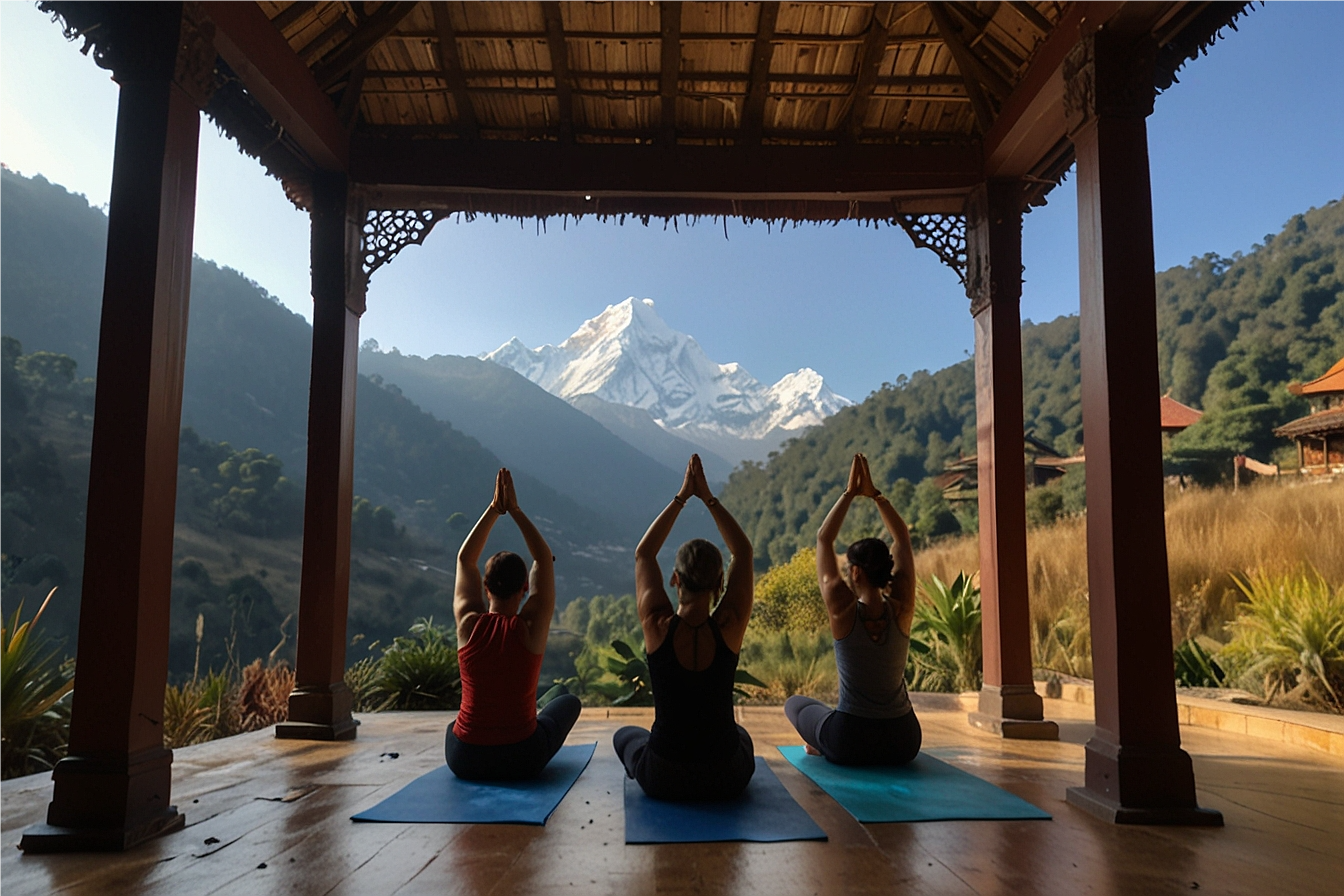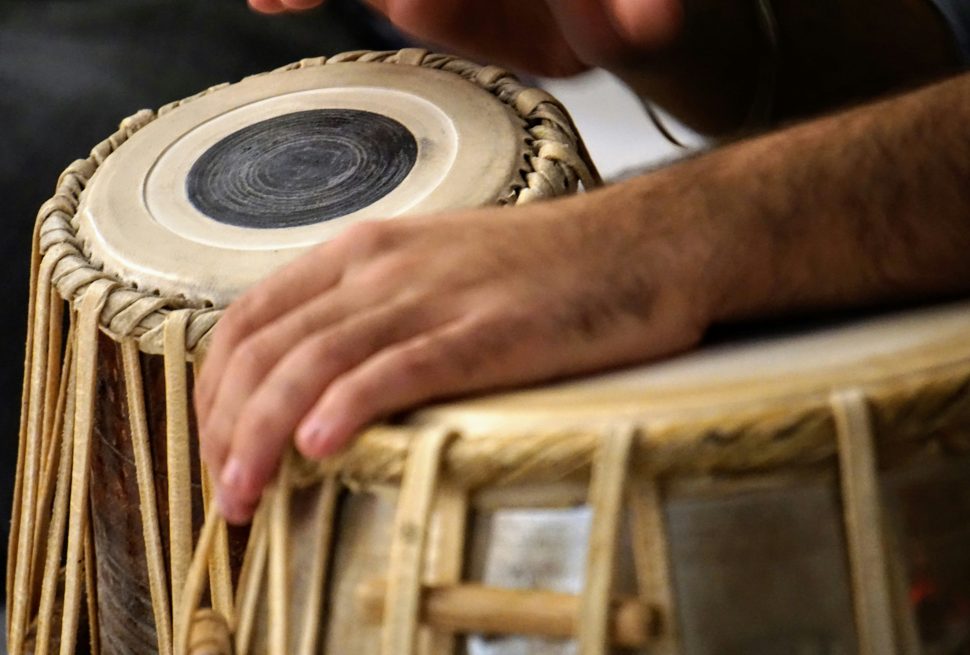There are numerous types of meditations: Religious, non-religious, age-specific, and gender-specific; we need to choose a meditation type that works the best for our body type and meditation benefits us the most. Here are some widely practiced meditations;
Different types of meditation and how to do meditation
There are mainly 2 classifications of dhyana(Meditation):
1. Saguna dhyana: It is done by concentrating on an idol or a symbol.
2. Nirguna Dhyana: it is done by concentrating on one’s aatma(Soul).
These are the classical classifications of dhyana. People have modified dhayana in favor of their convenience in the present time. So, a more detailed explanation of the types of meditation practiced nowadays are as follows:
1. Sun meditation

As the name suggests, sun meditation is the type of meditation that you practice in the presence of the sun. Mainly, during sunrise or sunset. It is considered beneficial astrologically too. It should be avoided during solar eclips.
Process of Starting Meditation:
- Sit with your back straight facing the sun,
- your posture should be comfortable so padmasana is a good choice,
- place your hands on your knees with palms facing upwards,
- hold the gyana mudra for better concentration,
- look at the sun for a while( if your eyes are comfortable),
- relax your body,
- slowly close your eyes,
- visualize the sun in between your eyes/ eyebrows,
- keep focusing at that point and feel the warmth of the sun in the point,
- feel the warmth melting all the stress around the point,
- slowly let the warmth move towards two of your eyes,
- feel the warmth melting the stress again,
- keep shifting the focal point slowly to your nose, mouth, throat, chest, navel, pelvis, thigs, your hands, tip of your fingers, leg, tip of the toe, bringing it back to the starting point, as you shift the focal point feel the warmth releasing stress all over your body,
- finally feel the warmth all over your body,
- put your palms before your eyes,
- slowly opening eyes look at your palms,
- try not looking at the sun immediately after opening your eyes.
- bow to the sun and express gratitude for helping you release all the stress.
During the process, many times you may be distracted but it is normal, the only point to remember is to bring the focus back and continue with the meditation.
2. Moon meditation
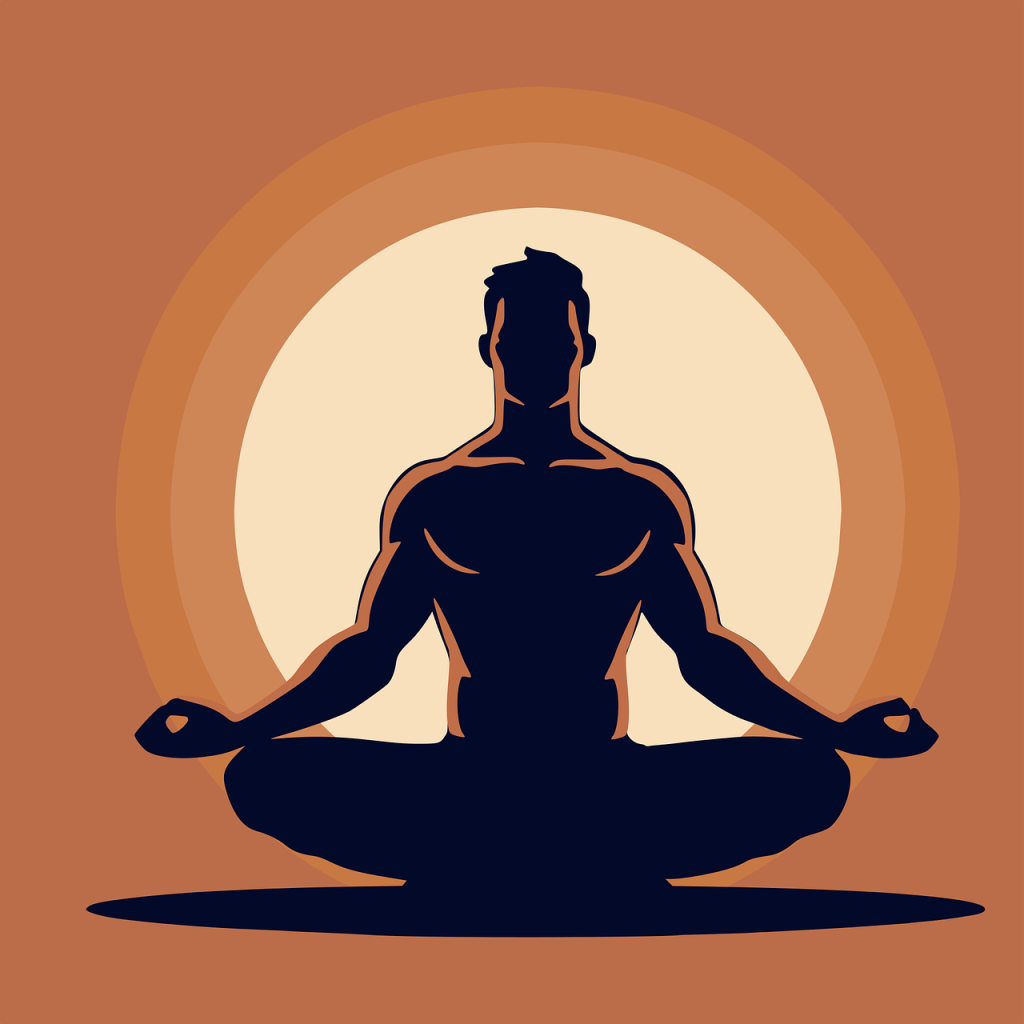
It is similar to sun meditation but not facing the moon. Moon meditations are more beneficial during full moon days and should be avoided during new moon days. It is so good for females with hormonal issues and great for emotional balance too. It provides calmness and is highly recommended by astrologers too.
3. Jyoti dhyana
It is also called Deepak dhyana. It is also similar to sun and moon meditation. Here, a Deepak/ diyo is lit with cow ghee and stared for a while. This process is known as jyoti tratak and is very beneficial for the eyes too. Then, closing the eyes the process similar to sun and moon meditation is followed. It is done facing the east direction or north direction. This type of meditation is beneficial for students. It is practiced in many sai temples. In modern days Deepak is switched with candle and hence called candlelight meditation.
4. Vipassana – Type of meditation done by Buddha
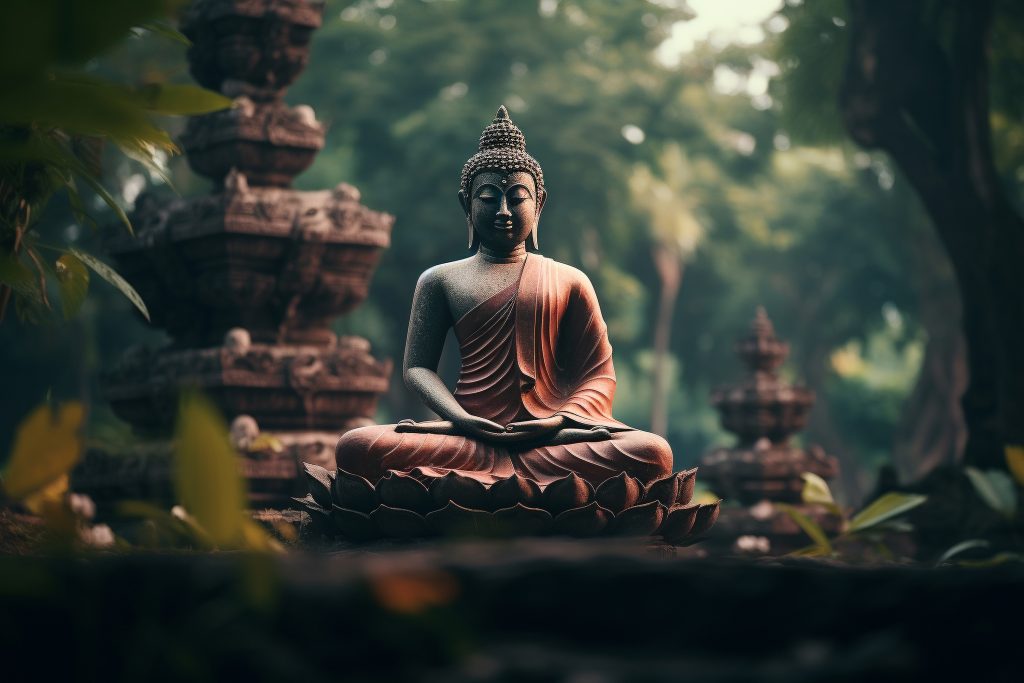
The word vipassana means insight. It is widely practiced in the present time. Here, the focal point is the nostril. Focus the breath as you breathe in and out it is called anapana. It is the first step to vipassana meditation. After anapana you gain the attainment of insight. Which can be termed as dharana followed by dhyana. It was initiated by Gautam Buddha. It can be called Buddhist meditation.
5. Isha Kriya Meditation: Elevating the Spirit Within
Embark on a transformative journey with Isha Kriya, a meditation method initiated by the revered Sadhguru. This meditation transcends the ordinary, focusing on the point between the eyebrows. With each inhalation, affirm the profound truth, ‘I am not my body,’ and with every exhalation, resonate with ‘I am not my mind.’ Perfectly tailored for beginners and students, Isha Kriya serves as a guiding light, leading practitioners toward self-discovery and inner peace. Through this practice, you open the door to a deeper understanding of your existence, paving the way for a harmonious blend of mind, body, and spirit.
6. Mantra Meditation: Harmonizing the Mind and Soul with Sacred Sounds
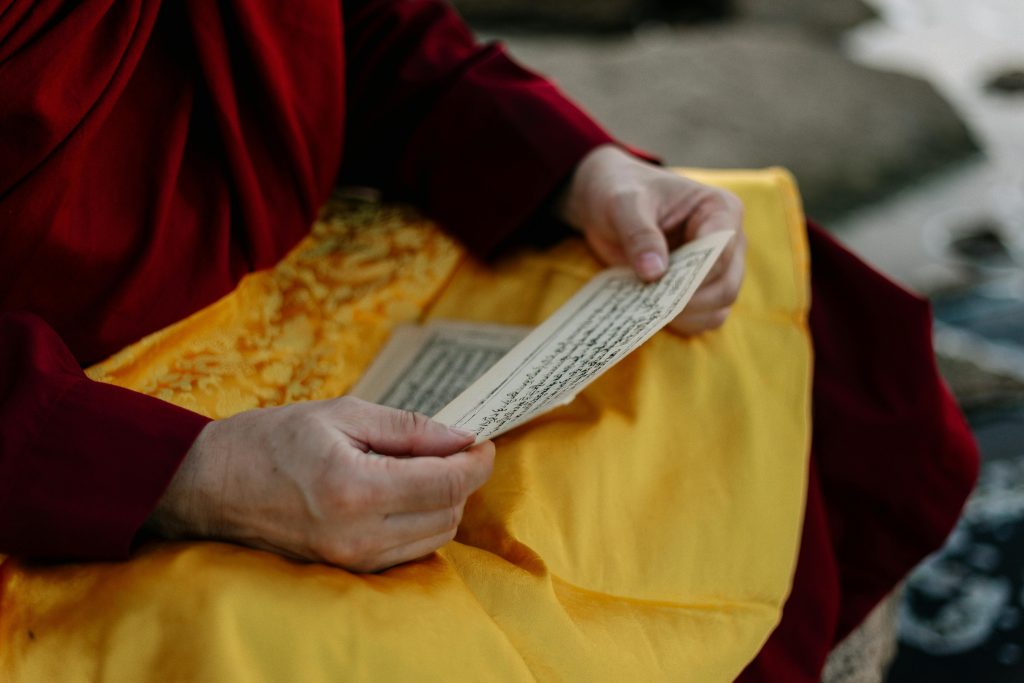
In the tapestry of meditation techniques, Mantra Meditation stands as a timeless thread, weaving together the sacred power of sound and the essence of personal spirituality. This practice involves the rhythmic chanting of mantras, be it the universal resonance of ‘AUM’ or a personally chosen mantra based on one’s ishtadeva (chosen deity) or astrological sign (rashi). As the soothing vibrations of the chosen sounds permeate your consciousness, a sense of tranquility envelops your being. Mantra Meditation provides a serene space for individuals to explore the depths of their inner selves, transcending the mundane and embracing the spiritual.
7. Music Meditation: A Symphony of Serenity for the Soul
Among the different types of meditation, Music Meditation stands as a melody of solace, harmonizing the soul with the therapeutic power of sound. Immerse yourself in the gentle cadence of raindrops or the healing ragas like Neelambari, Khamaj, and Puriya. As the melodies unfold, a tranquil atmosphere envelops your senses, creating a sacred space for inner exploration. Music Meditation transcends the verbal, inviting practitioners to listen not just with their ears but with the entirety of their being. Allow the symphony of soothing sounds to guide you on a meditative journey, where the language is that of the heart and the rhythm, a heartbeat of serenity.
8. Affirmative Meditation: Nurturing Positivity Within
Step into the realm of Affirmative Meditation, where the power of positive affirmations becomes the catalyst for transformative change. This meditation style involves the repetition of uplifting phrases that resonate with personal growth and well-being. Affirmations such as ‘I am healing inside and out,’ ‘I am loved,’ and ‘I attract positivity’ serve as seeds planted in the fertile soil of the mind. As these affirmations take root, they blossom into a garden of optimism, fostering a positive mindset and inviting a cascade of beneficial thoughts. Affirmative Meditation is not just a practice; it’s a nurturing embrace for the soul, fostering an environment where positivity thrives among the various types of meditation.
9. Chinese Meditation (Qigong): A Breath-Centric Path to Balance
Journey into the heart of Chinese Meditation with Qigong, a practice deeply rooted in breath awareness and energy cultivation. Originating from ancient Chinese wisdom, Qigong seamlessly intertwines breath-focused meditation with intentional movements. This holistic approach aims to harmonize the body’s vital energy, promoting physical and mental well-being. As you engage in the graceful dance of Qigong, each breath becomes a rhythmic dance with the universe, fostering a sense of balance and tranquility. Explore the rich tapestry of Chinese Meditation and unlock the secrets of mindful breath, aligning yourself with the timeless flow of cosmic energy.
10. Chakra Meditation: Unveiling the Inner Energy Centers
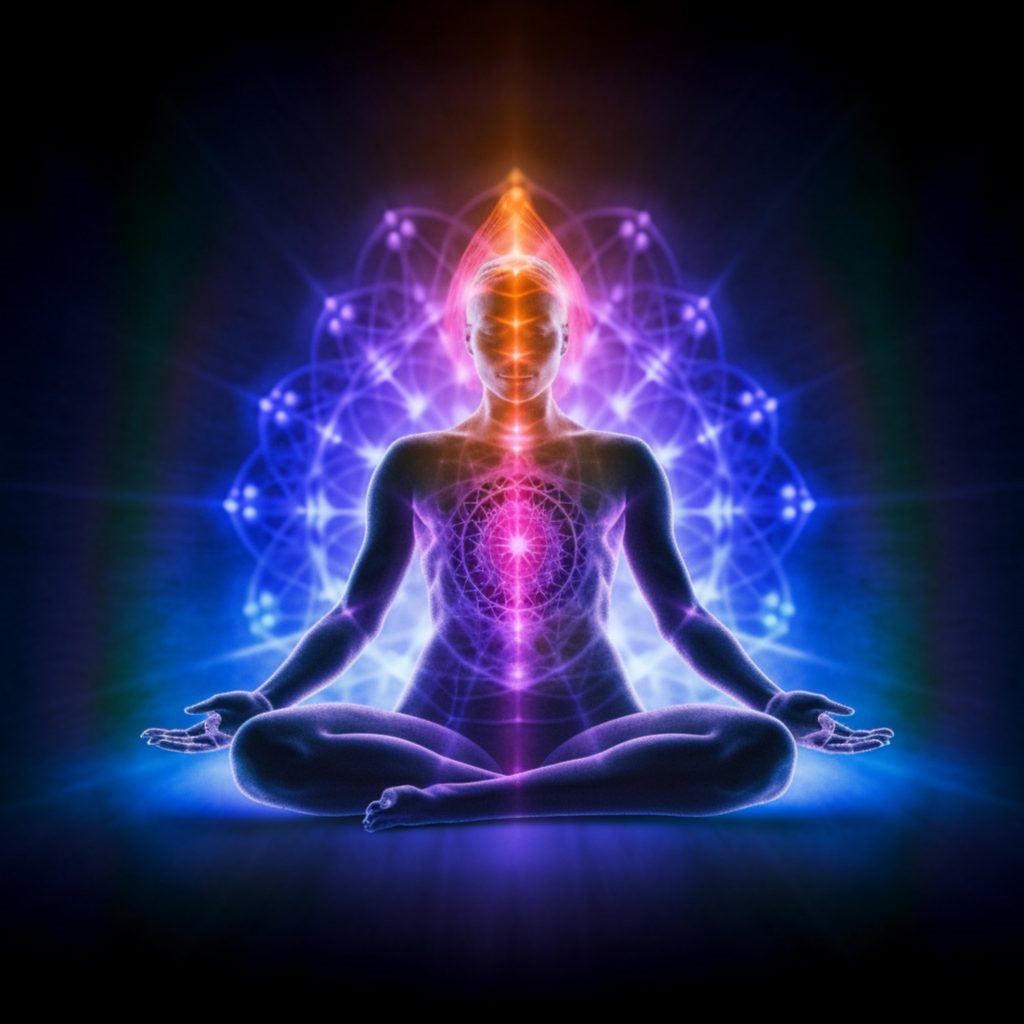
Embark on a profound journey of self-discovery through Chakra Meditation, an ancient practice that illuminates the seven energy centers within the body. Rooted in the wisdom of ancient traditions, this meditation method systematically focuses on each chakra, starting with the foundational root chakra. As attention is directed to these subtle energy points, practitioners traverse the path of inner exploration, unlocking the dormant potential within. Chakra Meditation is not merely a practice; it’s a sacred odyssey, guiding individuals to understand and harmonize the intricate dance of their spiritual and physical energies. Join this transformative meditation journey, where the luminosity of each chakra unfolds like petals of enlightenment.
There is a concept of nondual meditation which is very interesting.
Non-dual meditation: Simply meaning everything is one, nonduality is a concept that explains that objects are only in appearance and everything is one. There are many ways of doing dual meditations too. It depends on the practitioners.
There are many more types of meditation. All the other meditations are the modifications and variations based on these meditations. Everyone knows of the fact that meditation is beneficial: some practice as well but being persistent is key to attain the ultimate benefit of it.
How to start meditating?
Embarking on a journey of self-discovery through meditation is a transformative endeavor. Here’s a gentle guide to help you start and nurture your meditation practice:
1. Start Small for Lasting Impact:
- To cultivate a sustainable practice, begin with small steps.
- Allocate 5 minutes, twice a day, as an initial foundation.
- Gradually increase the duration to 10, 15 minutes, and beyond, aligning with your evolving focus.
2. Tailor Your Practice to Your Lifestyle:
- Choose a meditation type that resonates with your lifestyle and convenience.
- Whether it’s mindfulness, mantra, or guided meditation, find what aligns with your unique preferences.
3. Gradual Progression in Time:
- Progress at your own pace by incrementally extending meditation time.
- Move from shorter sessions to longer intervals, allowing your focus to naturally expand.
4. Create a Tranquil Meditation Space:
- Designate a peaceful spot dedicated to your meditation practice.
- Personalize it with elements that evoke serenity and calmness.
5. Embrace Early Mornings:
- Discover the profound stillness of early mornings for meditation.
- The tranquil hours offer a serene backdrop to commence your practice.
6. Patience in Redirecting Focus:
- It’s natural for focus to waver, especially in the initial stages.
- Instead of worry, practice patience. Gently guide your focus back to the chosen focal point.
Embark on this journey with a spirit of self-compassion and dedication. As you weave these practices into your daily life, may each meditation session become a sanctuary for your inner growth and well-being.
Best free meditation apps:
- meditopia
- headspace
- calm
- meditation studio
- insight timer
- balance: meditation and sleep
- medito
- meditation by meditative mind
- serenity
- meditation music
- oak
- let’s meditate
These apps can be installed both on ios and android for free.

